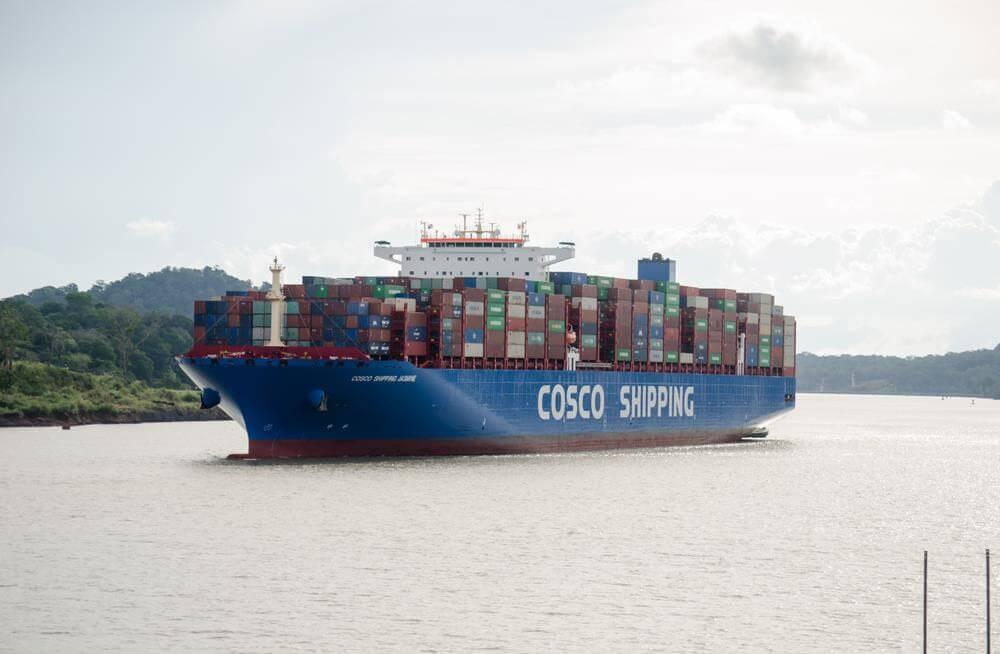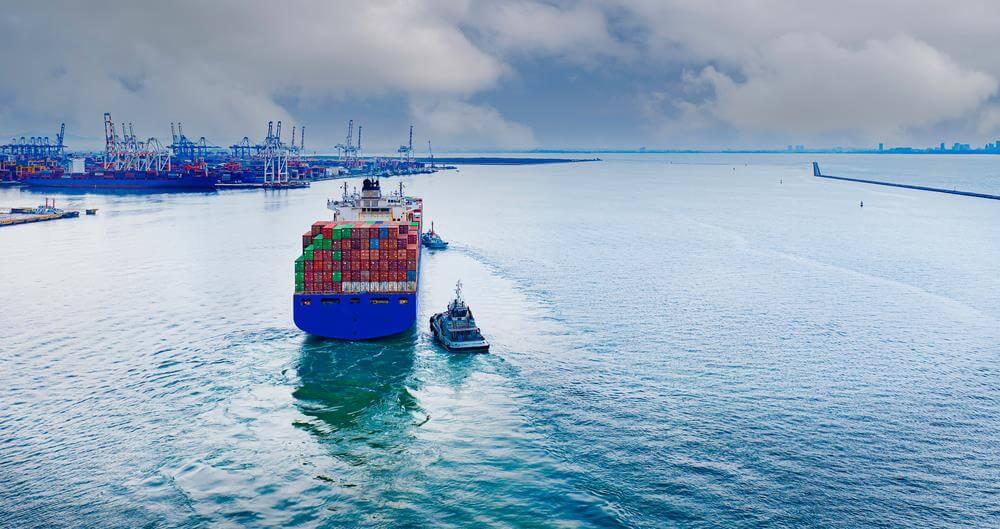What is the cheapest way to move overseas?
The most cost-effective method for moving belongings overseas is typically sea freight. According to the World Bank, ocean freight is between 12-16 times cheaper than air freight, making it a preferred choice for those looking to save on international relocation costs.
Relocating to another country is both thrilling and financially challenging. The expenses associated with an international move can be substantial, especially when compared to local or national transitions. Factors like the distance to the new destination, the weight and volume of items being shipped, customs fees, and the specific relocation services chosen can all influence the overall cost. However, by understanding the various components of such a move and making informed decisions, you can significantly reduce expenses and ensure a smooth transition.
Choosing the Right Time to Move for Lower Costs
Timing is a crucial player in the grand orchestra of international relocation. In the same way that ticket prices for flights can plummet or soar depending on the season, the cost of moving overseas can also greatly fluctuate. If your schedule is flexible, it's wise to consider moving during the off-peak seasons. These typically include the colder months, where fewer people are inclined to move, willingly reducing demand and, subsequently, the cost.

In addition to seasons, there's another time-specific factor that plays a role in your moving costs – the day of the week. Many moving companies are more likely to offer lower rates during weekdays since weekends are often the preferred moving days for most people. On a larger scale, like international moving, these small variations in pricing can add up and have a significant impact on your overall budget.
Exploring Different Shipping Options
In an international move, shipping your belongings is crucial, and there are many options with different costs. The fastest and most expensive method is air freight. Air shipping important personal items may be convenient and fast, but large-scale moves may need to be more cost-effective. Sea freight is cheaper and ideal for shipping large items like cars and furniture. Keep in mind that this method takes longer.
Less than Container Load (LCL) shipping containers are also available. This is ideal for those with few items to fill a container. Alternatively, those with enough items can rent a Full Container Load (FCL). Both LCL and FCL offer a cost-to-delivery time balance, but the choice depends on the volume of items. To make the best decision, plan early and get multiple quotes.
Utilizing Efficient Packing Strategies to Reduce Costs
Packing efficiently is crucial when moving internationally. In addition to preventing damage to your belongings, it can significantly lower your moving costs. Time and effort spent planning your packing can pay off. This includes packing your belongings strategically, letting go of unnecessary items, and sorting them thoroughly.
Traveling light and paying attention to a box shape and weight distribution are both efficient packing methods. Prioritizing packing, assembling similar items, and using all box space are key to smart packing. Bubble wrap helps protect fragile items from damage and cost. Remember, you want to fit as much as possible in as little space as possible without compromising safety.

Comments
Post a Comment